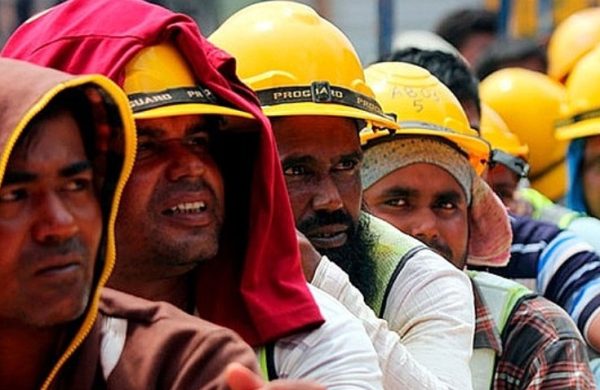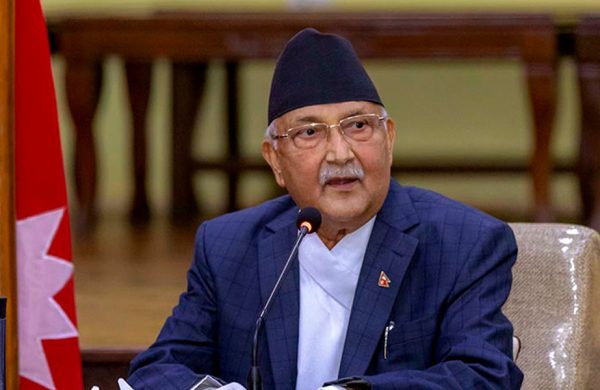How dredged sand is shaping eco-friendly, affordable construction
- Update Time : Thursday, October 17, 2024

TDS Desk:
These blocks are more affordable and eco-friendly than traditional bricks, reducing the need for expensive aggregates like stone dust and Sylhet sand.
The Housing and Building Research Institute (HBRI) under the Ministry of Housing and Public Works has introduced an innovative project, aiming to reduce the negative environmental impact of traditional brick manufacturing while providing a cost-effective alternative using sand-cement blocks made from dredged sand.
By using dredged sand, collected from riverbeds during essential dredging operations that maintain waterway navigability, HBRI has developed hollow sand-cement blocks under a project titled “Production of Eco-Friendly Economical Blocks Applying Admixture and Its Affordable Distribution to End Users”.
These blocks are more affordable and eco-friendly than traditional bricks, reducing the need for expensive aggregates like stone dust and Sylhet sand.
According to Ismail Hossain, senior research officer at HBRI, dredged sand costs only Tk8,000-Tk10,000 for 500 cft, compared to Tk50,000 for Sylhet sand. Using these blocks, construction costs for walls have been reduced by one-third.
This shift also minimises reliance on agricultural topsoil and coal, both of which are major contributors to environmental degradation in brick production.
HBRI’s study between July 2021 and June 2024, which followed American Society for Testing and Materials (ASTM) standards, found that blocks made with dredged sand have mechanical properties comparable to those made with traditional materials.
In addition to preserving agricultural land, sand-cement blocks offer other environmental benefits. They require no coal burning, contributing to cleaner air and lower greenhouse gas emissions.
Moreover, their larger size compared to bricks means fewer materials are needed, reducing transport costs and long-term expenses by up to 30%.
Currently, 200 small and large factories produce hollow blocks in Bangladesh, but adoption remains slow due to cultural preferences for bricks and limited government support.
Despite the government’s target to phase out fire bricks by 2025, 60%-70% of government-funded construction projects still use traditional bricks.
Bangladesh’s brick industry, which heavily relies on fertile topsoil, poses severe environmental threats with around 130 million tonnes of topsoil being stripped from agricultural land each year to fuel the production of bricks, significantly degrading soil fertility and jeopardising food security. Moreover, the 5.6 million tonnes of coal burned annually in brick kilns exacerbate air pollution and contribute to climate change.
According to the Department of Environment, if current practices continue, the use of topsoil in brick manufacturing could increase by 2%-3% over the next decade, further threatening agricultural productivity.
The brick industry in Bangladesh is extensive. With more than 7,200 brick kilns in operation, the country is the world’s fourth-largest producer of bricks, producing approximately 32.4 billion bricks annually.
However, this comes at a steep environmental cost. The damage caused by brick kilns goes beyond soil degradation. Toxic emissions from kilns contribute to air pollution, harming public health and accelerating global warming.
Experts, including Prof Dr Ahmad Kamruzzaman Majumder, chairman of the Centre for Atmospheric Pollution Studies (CAPS), advocate for the wider adoption of sand-cement blocks.
He said establishing block production plants near dredging sites can benefit both the environment and the economy. Greater governmental support and public awareness could accelerate the transition to eco-friendly construction materials, reducing reliance on environmentally harmful brick kilns and promoting sustainable development.
With proper incentives, the use of sand-cement blocks made from dredged sand could become a mainstream alternative, addressing both environmental and economic challenges while creating jobs and driving growth in the construction sector.
Bangladesh Inland Water Transport Authority (BIWTA) plans to dredge around 10,000 kilometres of waterways in fiscal 2023-24, ensuring a steady supply of dredged sand for these eco-friendly blocks.

















